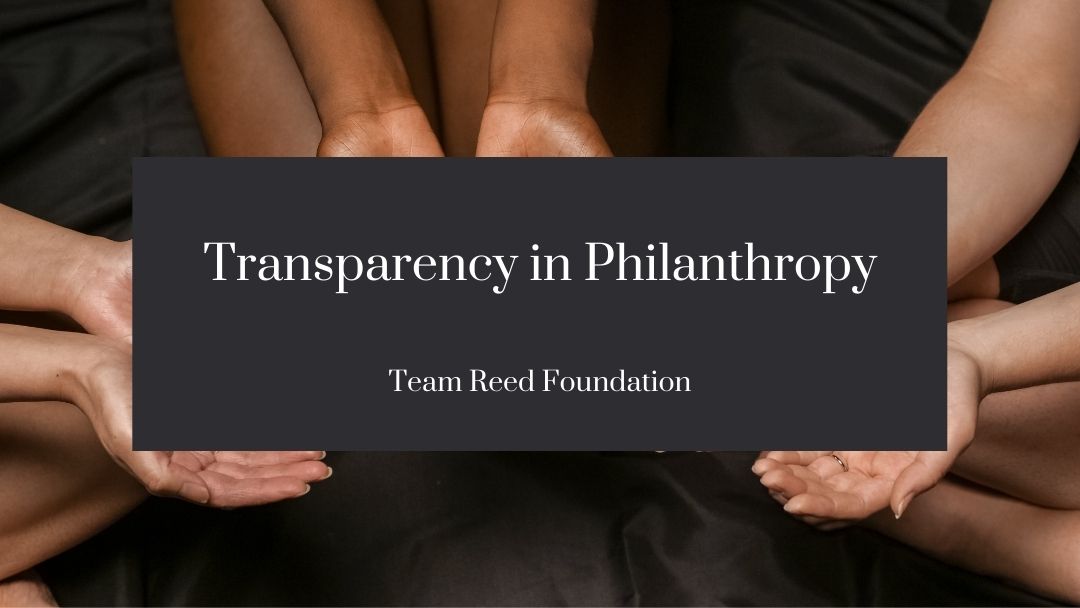Transparency is one of the most common words in modern culture. It does not escape attention how the concept of transparency in philanthropy and other areas has become transactional.
Sometimes people find themselves monitoring the information that they share with others. They also keep tabs on how much information others share with them and the extent of disclosure.
The surveillance of shared information makes sense as it shows the way people protect themselves—many link transparency with disclosures as a part of an exchange to build understanding and eventually create trust.
A significant question is what will happen when people separate the standards? Is there a way to redeploy transparency to help in building better relationships? People think that there is.
Power of Transparency
Transparency is a significant force when put into use appropriately. The trick lies in deciding what is appropriate among various contacts and interactions. It starts with cultivating transparency through a lens of balance and sharing knowledge. This time is ripe to concentrate on harnessing transparency for mutual benefit.
Trust is the primary beneficiary of transparency because it is the foundation of relationships. Transparency builds trust over time because it is the way people reveal themselves and their intentions. They expose specific facts and signal their willingness to be evaluated. They listen, and other people listen to them too.
Transparency in philanthropy is two-way, but everyone does not travel at equal speed. Family foundations can model transparent behavior by delivering honesty, clarity, and openness. These are the virtues that stakeholders expect. Family foundations, in return, get more profound, long-lasting, and more productive relationships.
Transparency Demonstration
Acknowledging mistakes or taking a principled stand is a powerful demonstration of transparency. It takes courage to open up. Sincerity is a way to pave the way for new deeper relationships. It also opens up the benefits of relationships, including:
- Advocacy
- Networking
- Inventing
- Collaborating
- Advocacy
- Co-funding
Transparency is good, but research and experience show that it is not a universal solution for everyone. Excessive or imposed transparency has consequences that include:
- Inability to maintain appropriate confidentiality
- Stymied innovation
- Lost efficiencies
Many people familiar with business expediency attest that opaque practices that impede short-term transparency are a part of the competitive market. Family foundations should also be aware of this reality.

